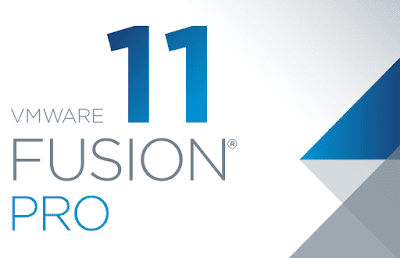15 Tips for Effective macOS Operating System Usage
- Use Spotlight for Search: Spotlight is a tool that searches everything on your computer, including files, folders, emails, etc.
- Optimize Memory: To optimize memory and speed up, use the Memory Management tool in "Utilities".
- Create Aliases: Create aliases for your favorite files or folders for quicker access.
- Use Mission Control: Mission Control helps you manage open windows on your screen and switch between Spaces (work environments).
- Optimize the Dock: Use the Dock to quickly access your favorite apps and optimize it by only displaying necessary apps."
- Use Time Machine: Time Machine is a built-in backup tool in macOS, allowing you to backup and restore your data easily.
- Optimize the Screen: Use Spaces to create separate work environments and Exposé to view all open windows on your screen.
- Use Siri: Siri is the virtual assistant of macOS, helping you perform tasks easily with voice commands.
- Optimize Downloads: Use the Resume feature to easily resume interrupted downloads.
- Use Terminal: Terminal is the command line tool in macOS, helping you perform advanced commands and tasks with ease."
- Use Notifications Center: The Notifications Center allows you to see all notifications in one place and manage them efficiently.
- Take screenshots: Use keyboard shortcuts to take screenshots of your screen and save them as image files.
- Manage files efficiently: Use Finder to manage and organize your files and folders, and use tags to categorize and find them easily.
- Keep software updated: Regularly update your macOS software and installed apps to ensure better performance and security.
- Customize the settings: Take advantage of the System Preferences to customize your settings, including desktop background, sound, and more."





Comments
Post a Comment